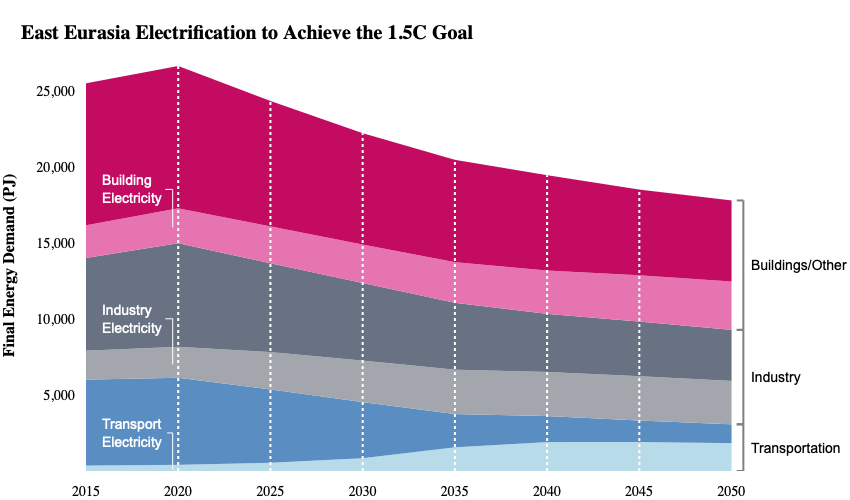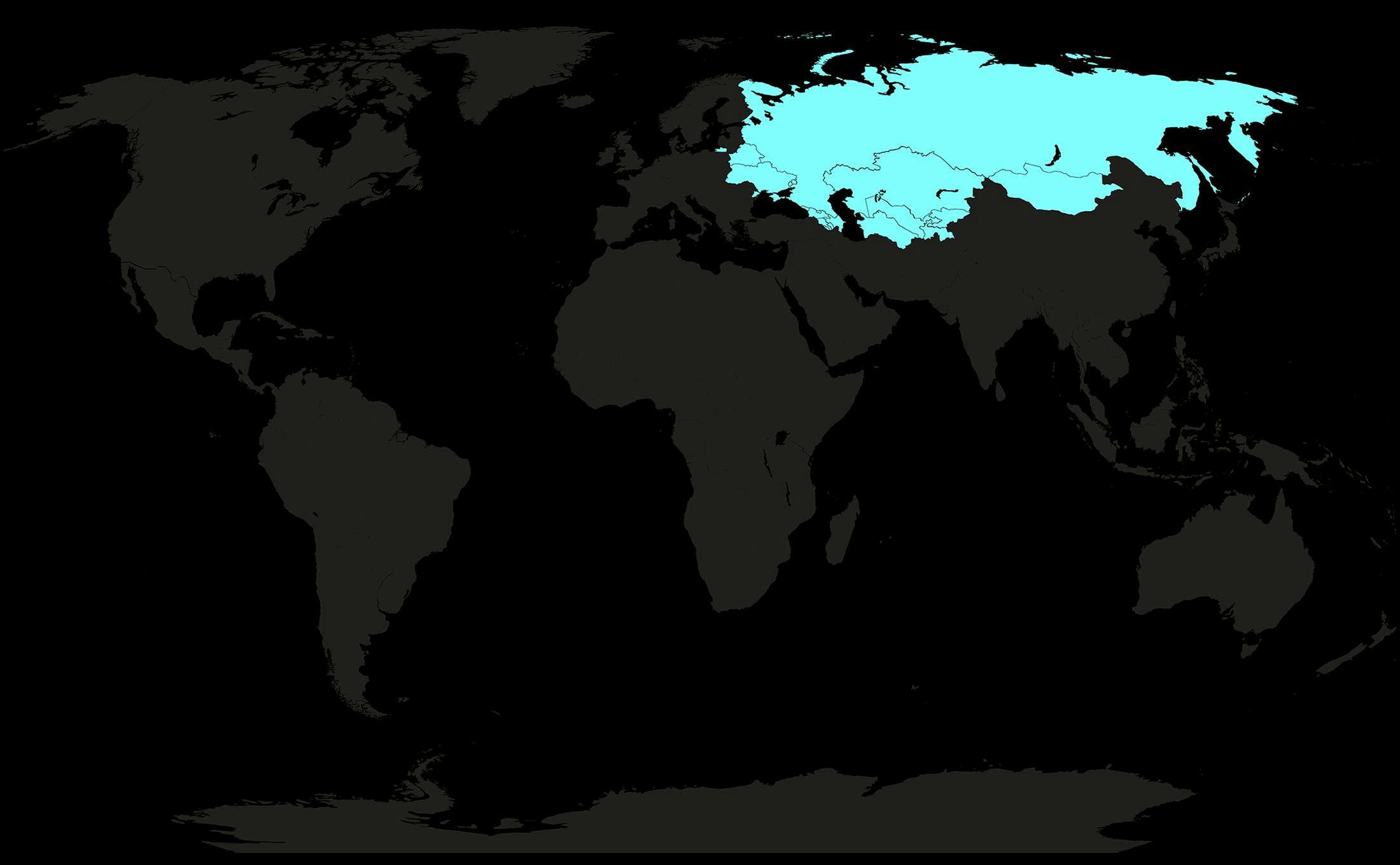In 2018, the IPCC made clear that the world must be kept below 1.5°C global average temperature rise. The special report Global Warming of 1.5°C showed that it becomes increasingly difficult to solve climate change beyond this threshold, and every tenth of a degree increase in temperature risks multiplying impacts. Some believe the 1.5°C goal can only be achieved through large-scale implementation of risky or expensive technologies, such as bioenergy with carbon capture and storage (BECCS), direct air capture (DAC), or solar radiation management (SRM). These technologies may play a role in the future, but they cannot be relied upon to solve the current climate crisis.
A groundbreaking climate modeling framework, published in the book Achieving the Paris Climate Agreement Goals (APCAG), shows that it is still possible to stay below 1.5°C with widely available, rapidly scalable solutions. The effort was the culmination of a two-year collaboration with 17 leading scientists at the University of Technology Sydney (UTS), two institutes at the German Aerospace Center (DLR), and the University of Melbourne’s Climate & Energy College. The book was released by the prestigious scientific publisher Springer Nature and is now the most downloaded climate text in the publisher’s history.
In order to create a global decarbonization model to achieve the 1.5°C goal, a sophisticated computer simulation of the world’s electrical grids was created with 10 regional and 72 sub-regional energy grids modeled in hourly increments to the year 2050, along with a comprehensive assessment of regionally available renewable resources like wind and solar, minerals required for manufacturing of components, energy efficiency measures, and configurations for meeting projected energy demand and electricity storage for all sectors through 2050. Below are the results for the East Eurasia energy transition:
East Eurasia can achieve the 1.5°C target with help in diversifying their energy sector. Currently, the main energy carrier is natural gas, followed by oil with renewables quite limited to date. There are large energy resources in biomass, wind power, solar PV, and also geothermal. There is significant potential for energy efficiency measures across all sectors. Challenges for this region include high heat demand, large rural areas, major oil and natural gas reserves, as well as an uneven distribution of wealth. Mouse over the charts below at 5-year increments to see data points for each transition.
This region includes Kyrgyzstan, Tajikistan, Turkmenistan, Uzbekistan, Belarus, Ukraine, Mongolia, Baikonur, Kazakhstan, Russia, Armenia, Azerbaijan, and Georgia. To explore the global transition model read the APCAG Executive Briefing.

East Eurasia Electrification of the three major sectors -- transportation, industry, and buildings/other -- required to achieve the 1.5°C goal per Achieving the Paris Climate Agreement Goals (Teske, 2019). Credit: University of Southern California Marshall MS Business Analytics Program

East Eurasia Expansion of renewable energy delivery required to achieve the 1.5°C goal per Achieving the Paris Climate Agreement Goals (Teske, 2019). Lower curves show renewable electricity generation. Upper curves show renewable heating sources and renewable fuels. Credit: University of Southern California Marshall MS Business Analytics Program
